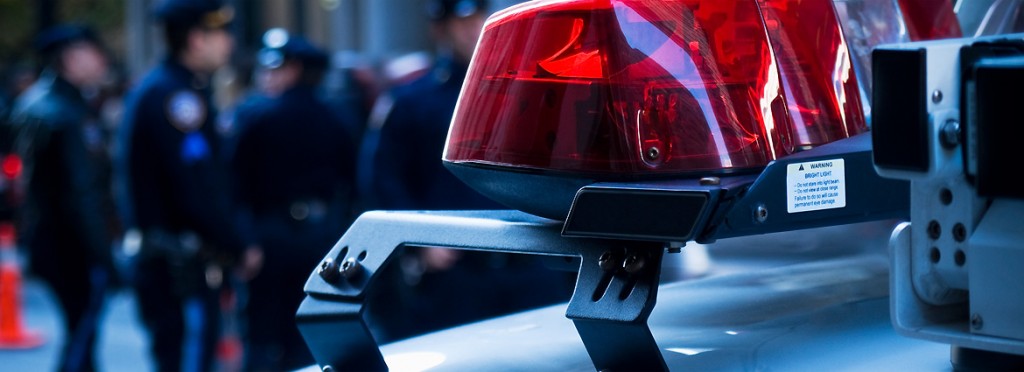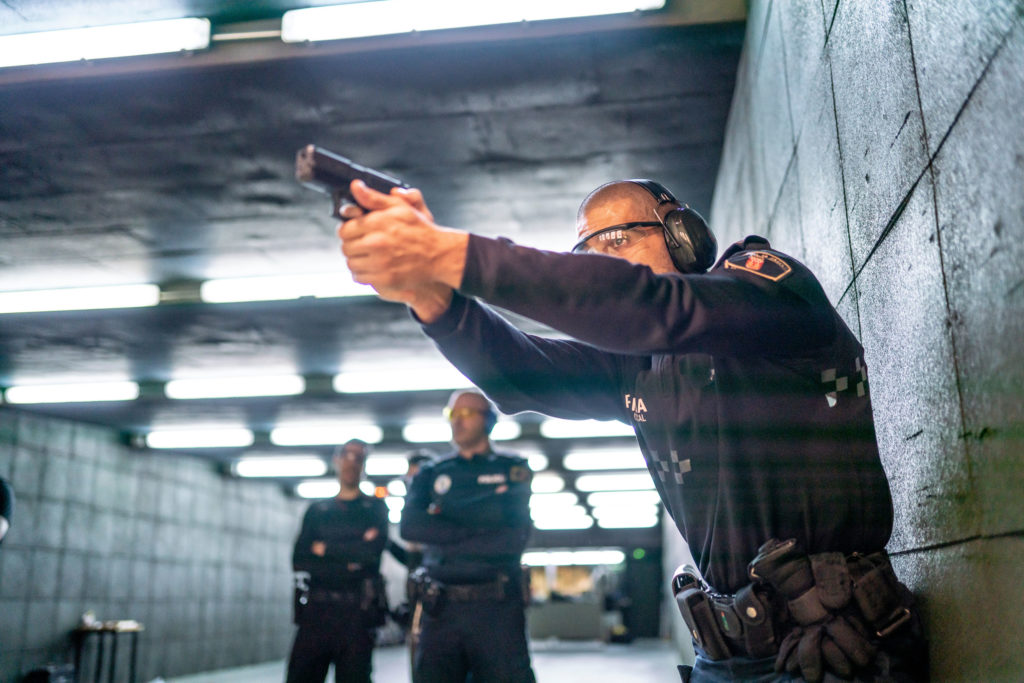In an ever-evolving world where technology is reshaping how we live, work, and learn, it’s no surprise that field training officers (FTOs) are leveraging these advancements to enhance their training techniques. The integration of modern technology within their programs offers a new wave of potential to develop skills, boost performance, and ultimately, improve public safety.
Traditionally, field training has been largely hands-on, with recruits learning from experienced officers in real-world situations. While this approach has its merits, it leaves little room for error, given the high-stake situations that law enforcement often faces. Emerging technologies, however, are providing safer, immersive, and more efficient training alternatives.
One notable example of such technology is Virtual Reality (VR). VR has transformed the training landscape by offering realistic, immersive scenarios that safely mimic real-life events. Officers can engage in high-intensity situations, respond to various emergencies, or handle delicate interactions without the real-world risks. This form of training also allows for instant feedback and repetition, enabling trainees to learn from their mistakes and improve their response times.
Similarly, mobile technology is revolutionizing field training by offering accessibility and convenience. Mobile-based training tools allow officers to access modules, watch video instructions, engage in interactive quizzes, and receive real-time feedback, all from their smartphones. This ease of access accelerates learning, empowers officers to learn at their own pace, and contributes to a more comprehensive understanding of their roles and responsibilities.
Meanwhile, data analytics is another tool underpinning this technological evolution. Through predictive analytics, trainers can analyze officer performance, identify patterns, and detect areas that need improvement. By understanding an officer’s strengths and weaknesses, the training can be more tailored and effective, ultimately enhancing their preparedness and efficiency in the field.
The use of drones, too, has found its place in the realm of field officer training. Drones can simulate aerial threats or assist in surveillance exercises, providing an additional layer of complexity and realism to training scenarios.
The nexus between technology and field training is not just reshaping how officers are trained; it’s also improving public safety. As officers become better equipped to handle various situations, their capacity to protect and serve is enhanced. The ripple effect of this improved competency extends to safer communities and improved public trust in law enforcement agencies.
In conclusion, as technology continues to evolve, so too will the methods employed by field training officers. The integration of these tools within training regimes is crucial in preparing officers for the demands of the job while contributing to enhanced public safety. Today, technology is not merely an add-on to traditional methods; it’s a transformative force, fostering a new era of effective, efficient, and impactful training for our dedicated field officers.



